[LUM#4] Hydrologists on the roof of the world
It is the Holy Grail for mountaineers, but it is also an extraordinary research site for hydrologists: the Himalayan mountain range is a major water reservoir that feeds large, densely populated river basins such as the Ganges and the Indus.
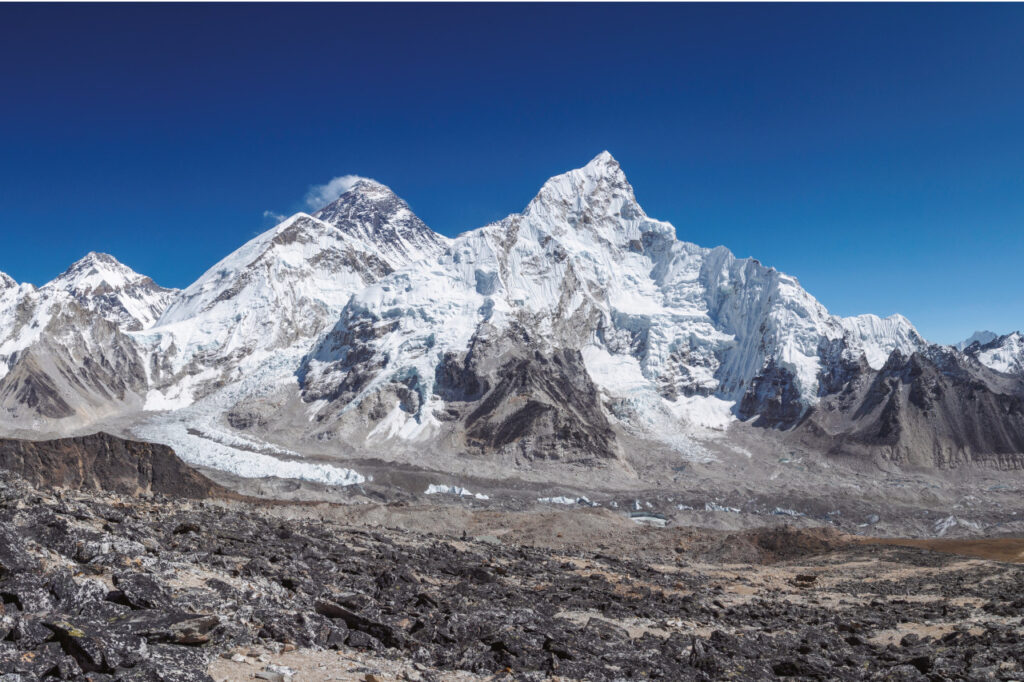
Geopolitically sensitive, this area has long remained inaccessible to scientists, allowing only a handful of studies on the hydrology of the valleys. Since 2010, French researchers have undertaken a systematic study of the Khumbu region of Nepal, taking advantage of the presence of an Italian laboratory at the foot of the world's highest peak. François Delclaux, a hydrologist at the IRD's Hydrosciences Montpellier laboratory, travels every year from the village of Lukla, at an altitude of 2,860 meters, to the famous laboratory located at an altitude of 5,000 meters. This scientific journey at high altitude aims to obtain sufficiently reliable hydro-climatic data to understand hydrological processes, model them, and thus predict the evolution of water resources in the Dudh Koshi Valley. In 2012, photographer Olivier Boulanger accompanied him, immersing us in the heart of this mission on the roof of the world.
Researchers and Sherpas: an essential partnership
After a 40-minute flight, the researchers reach the village of Lukla at an altitude of 2,860 meters. From there, all travel is done on foot. To transport the approximately 50 kilograms of scientific equipment, the hydrologists hired three porters. The partnership with the Sherpas, the main inhabitants of the upper Everest Valley, is essential to the success of the mission. Throughout the year, they house, maintain, and collect data from the various measuring stations.
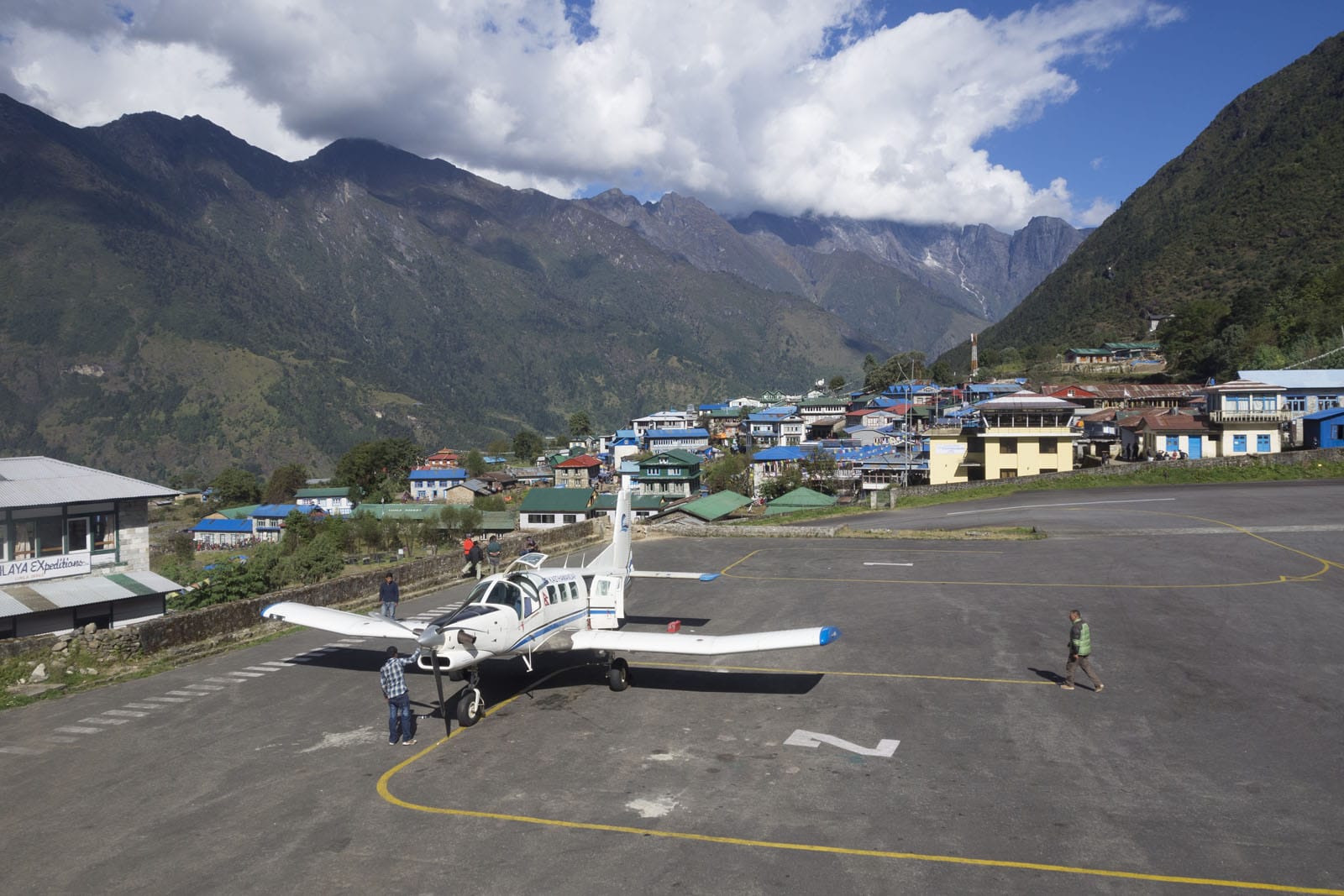
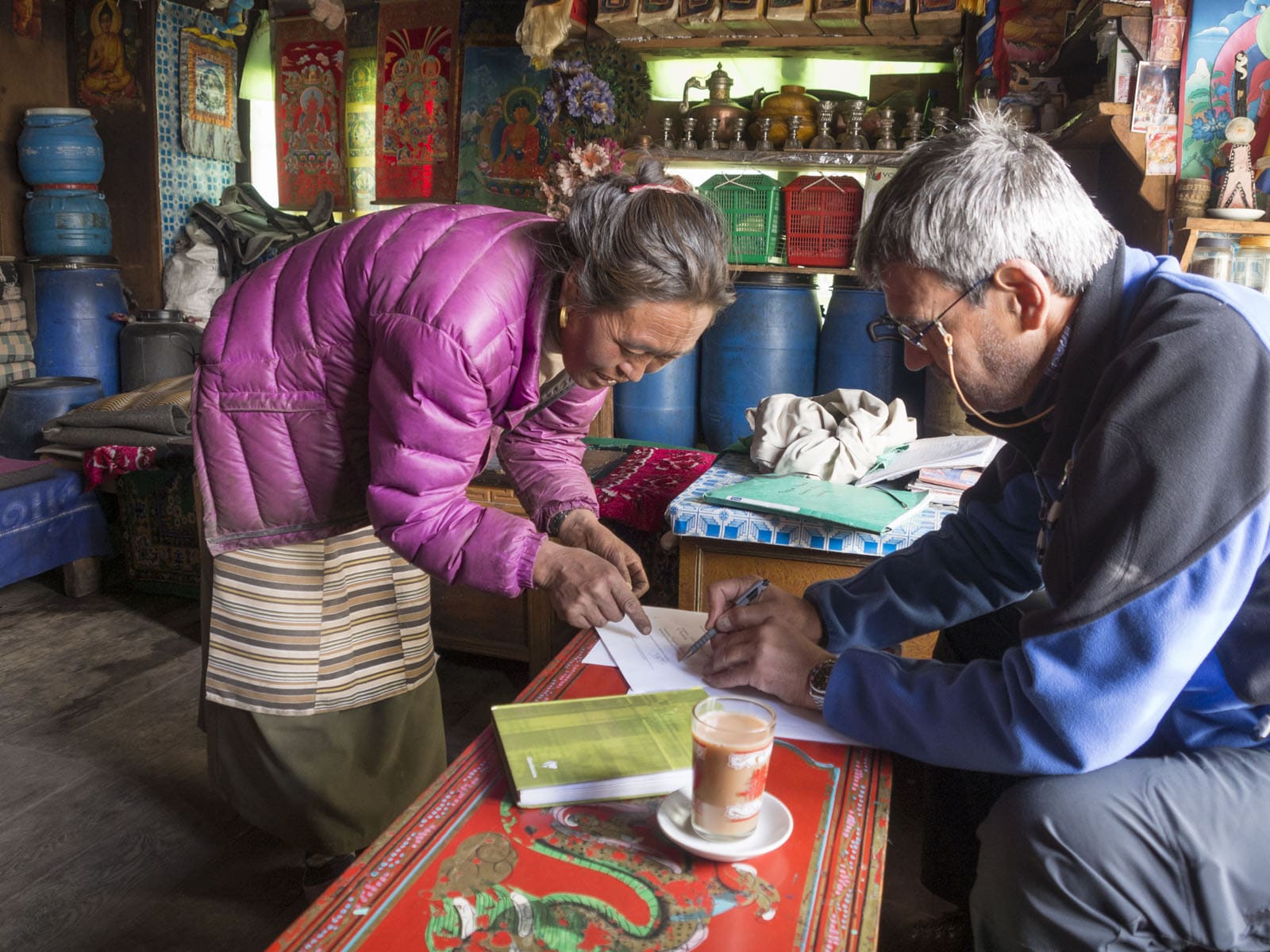
Taking measurements at altitude
To understand the water cycle, hydrologists have installed hydrometric stations on major rivers. And to measure snowfall, they have installed a simple wooden board topped with a metal rod. Every morning, a villager measures the height of snow that fell the previous day and collects a calibrated sample to determine the corresponding volume of water.
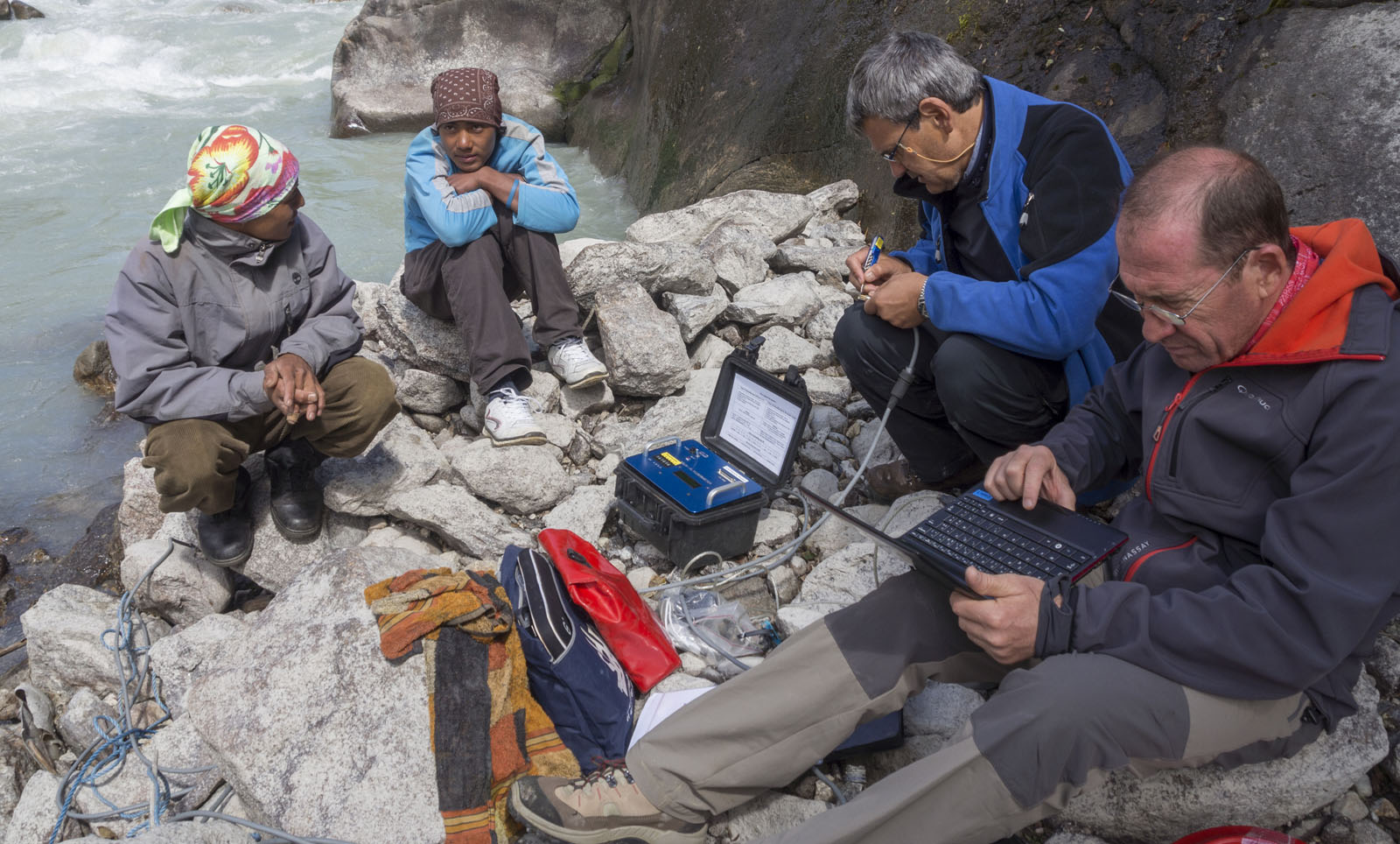
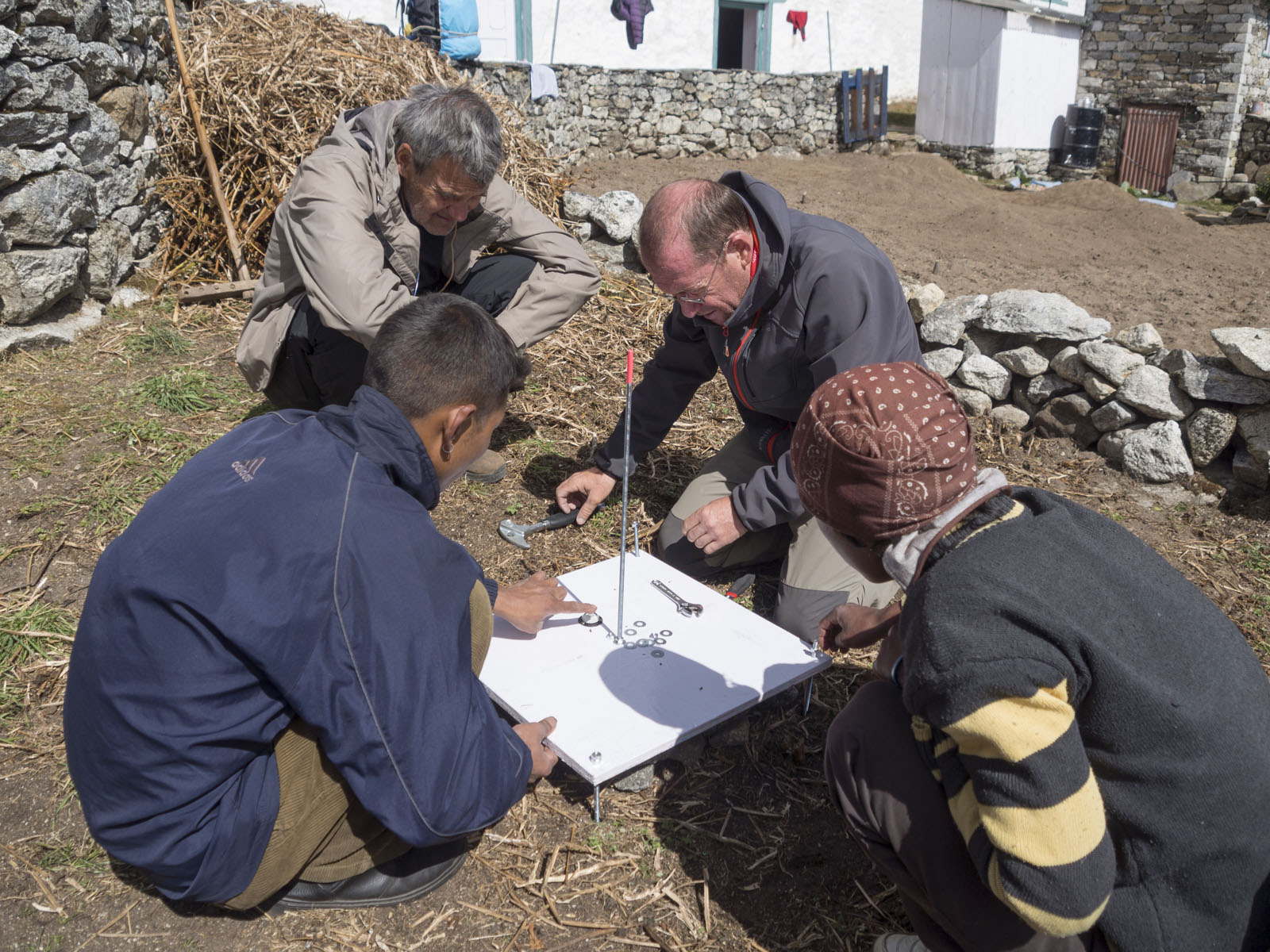
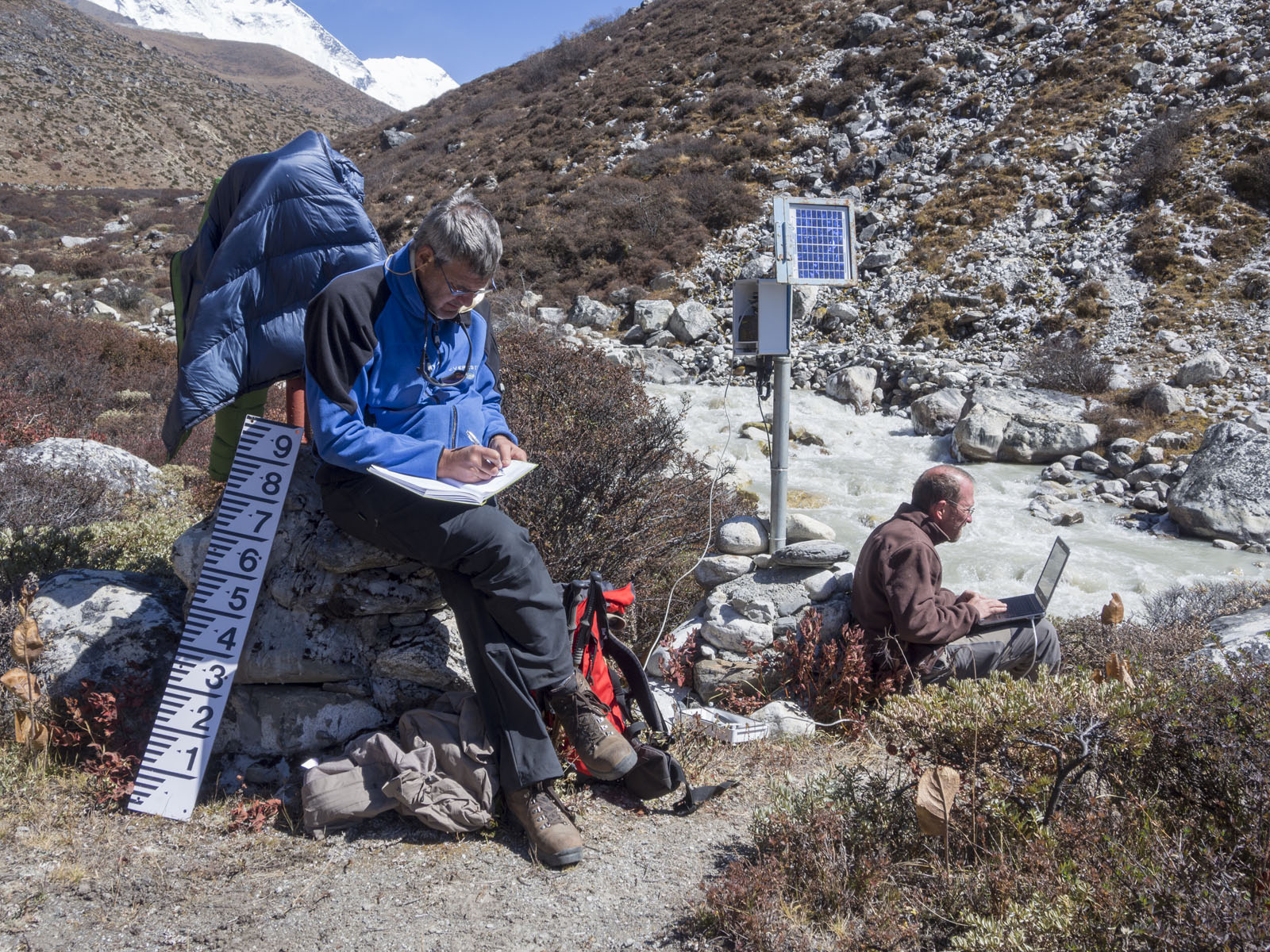
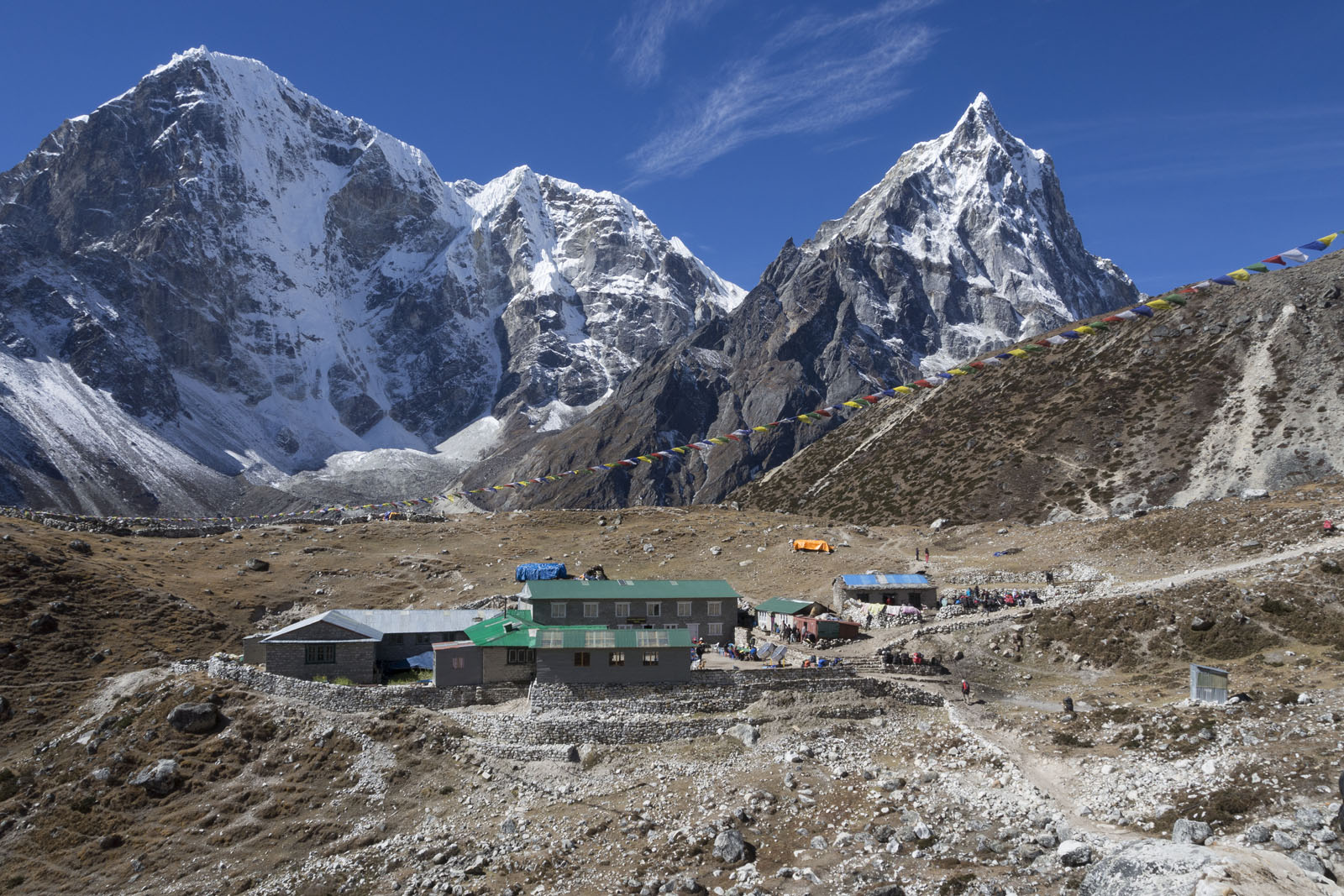
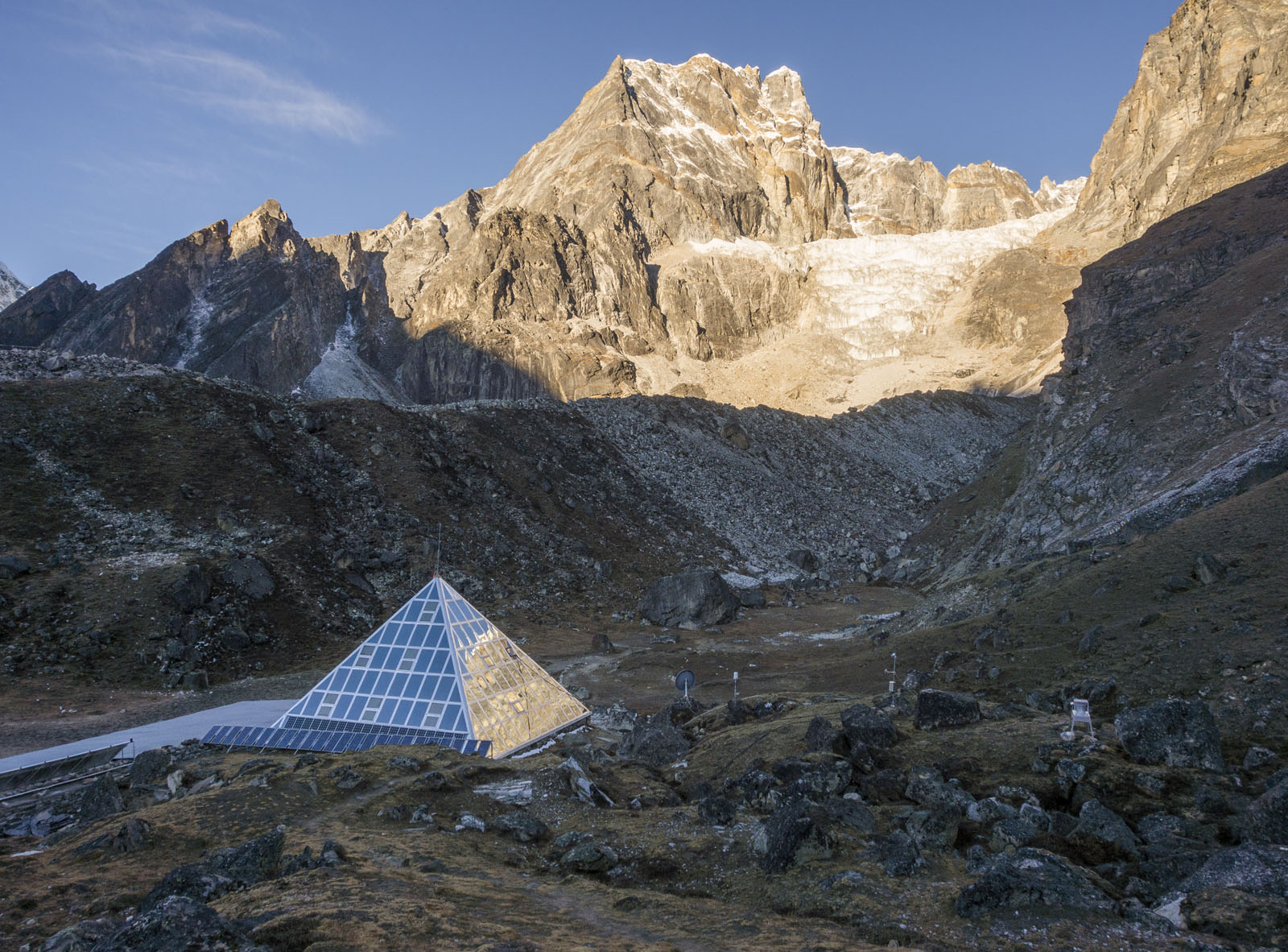
Growing tourist pressure
Sagarmatha National Park welcomes 30,000 tourists every year. To accommodate them, the Sherpas have built lodges, installed sanitary facilities, and changed their farming practices. This development is increasing pressure on water resources: in this part of the Himalayas, environmental changes linked to tourism are more significant than those caused by climate change.
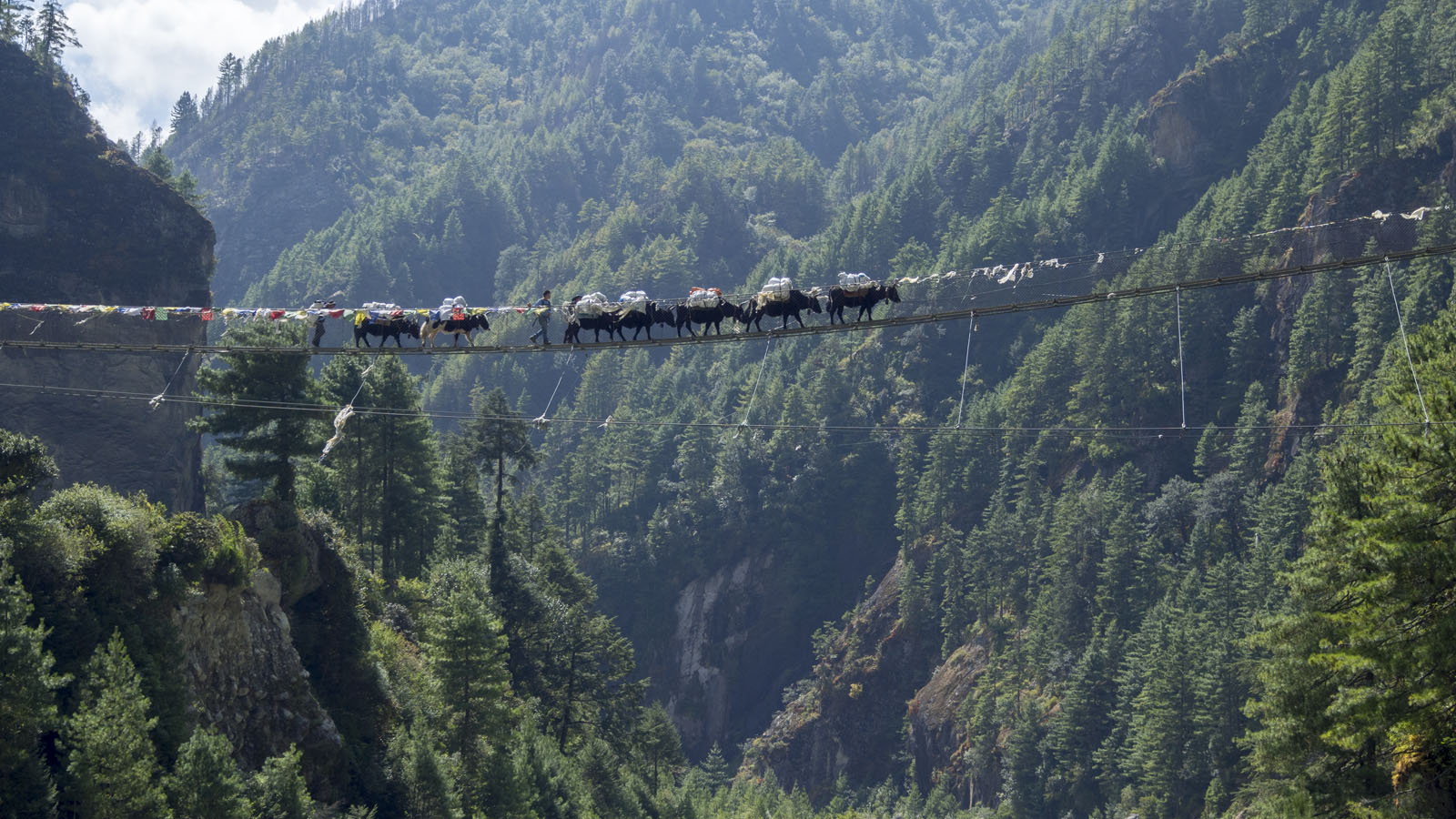
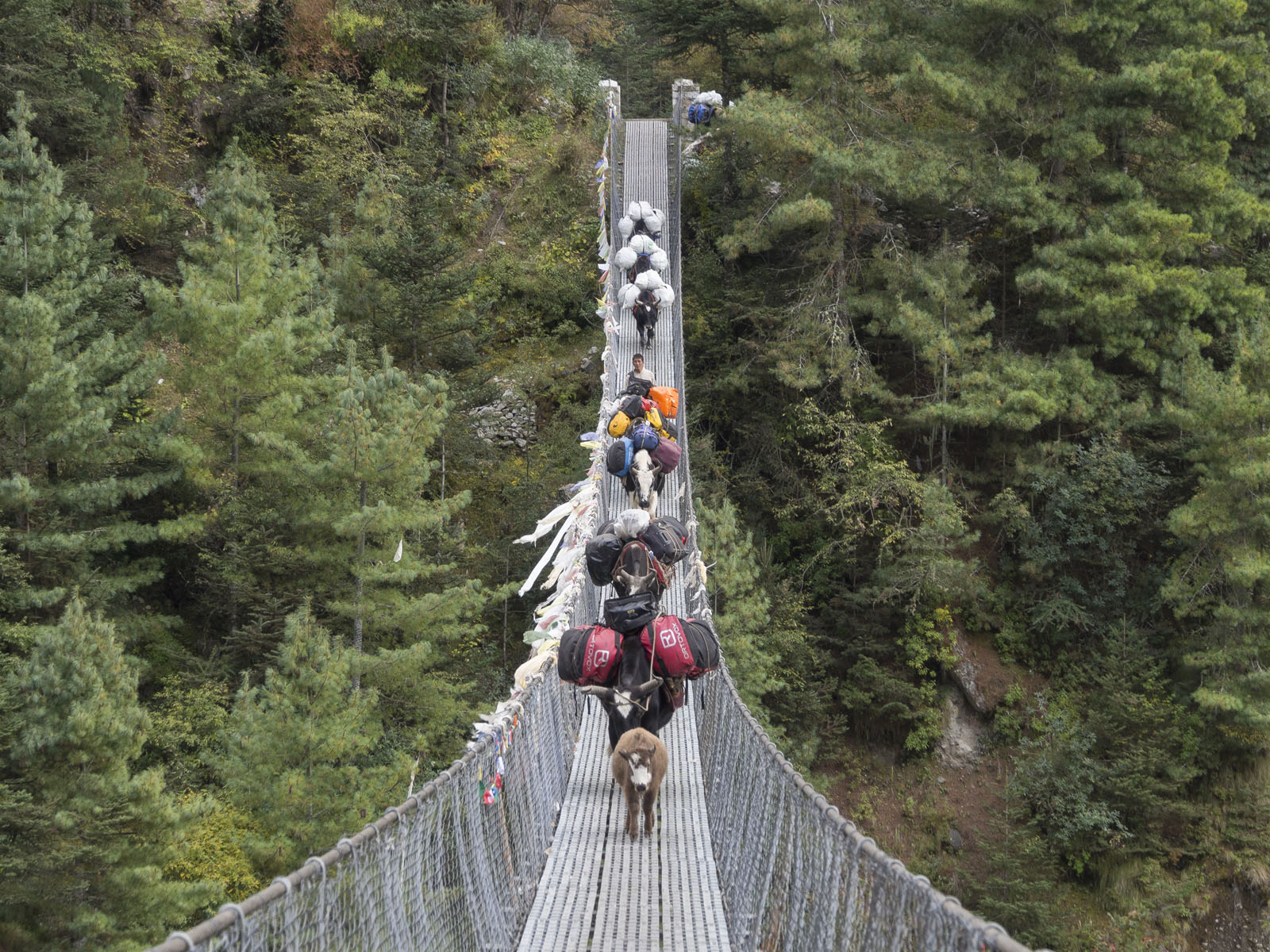
Find UM podcasts now available on your favorite platform (Spotify, Deezer, Apple Podcasts, Amazon Music, etc.).